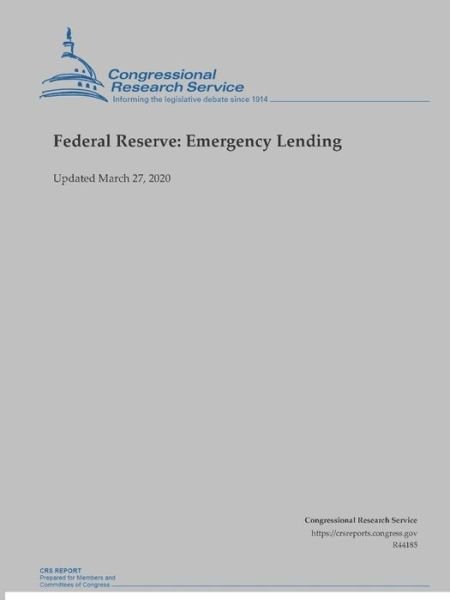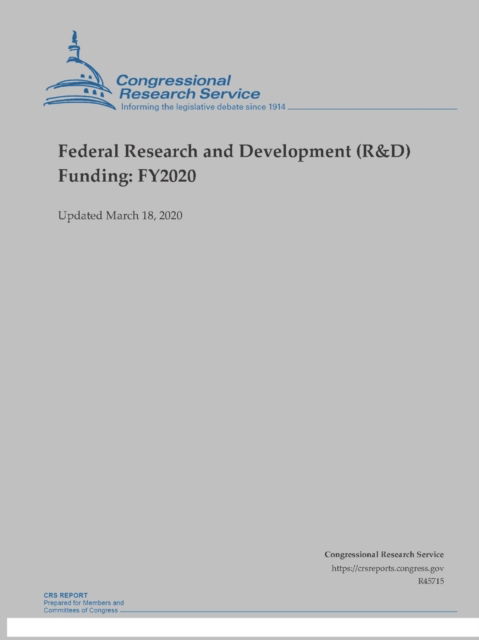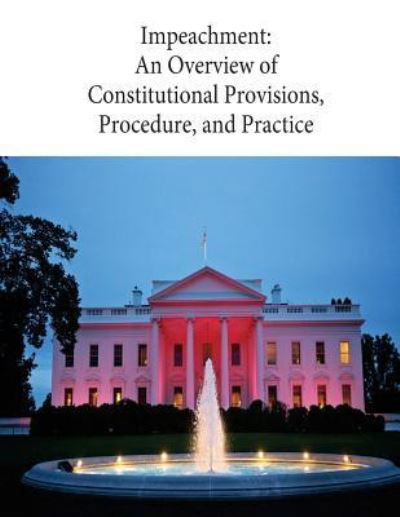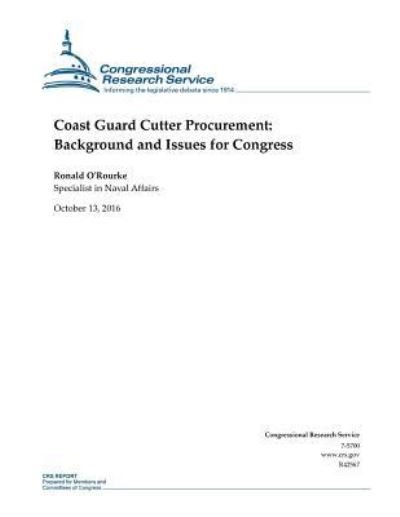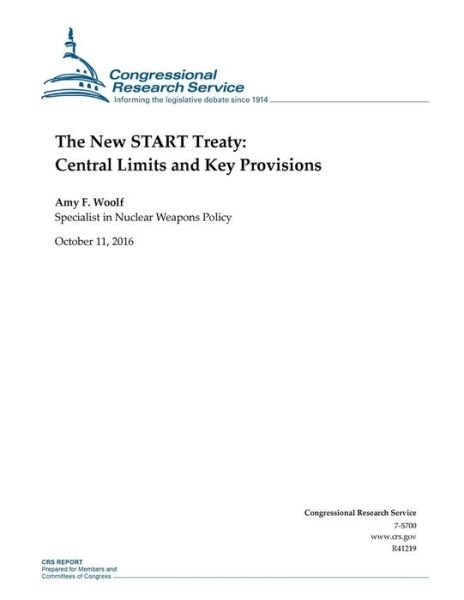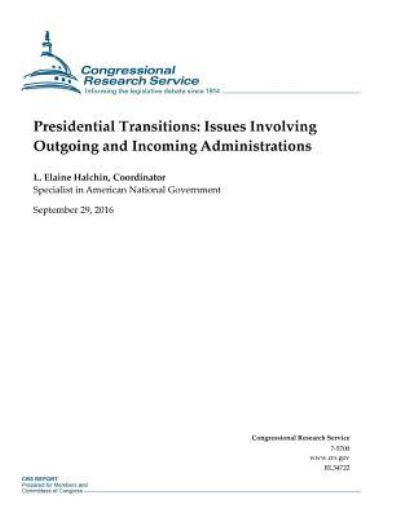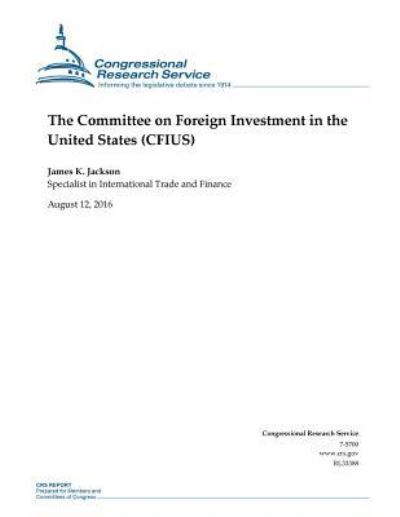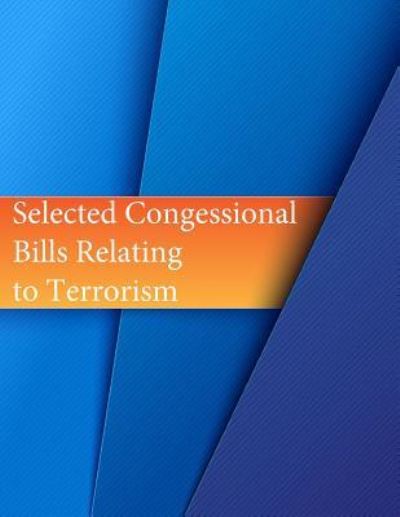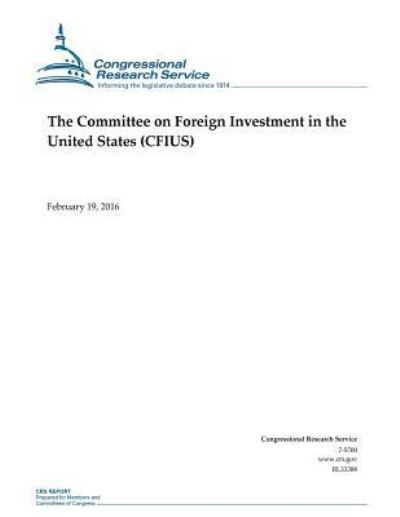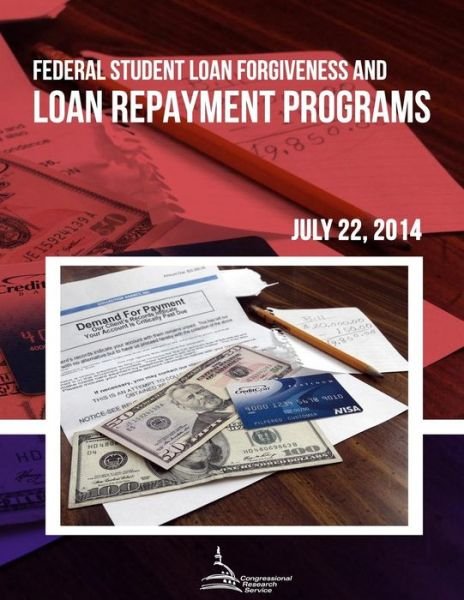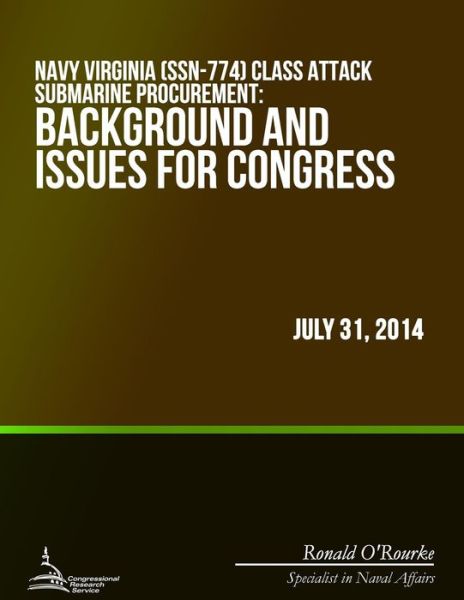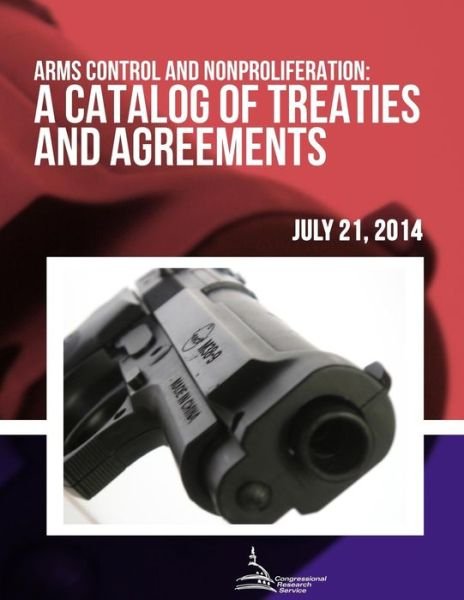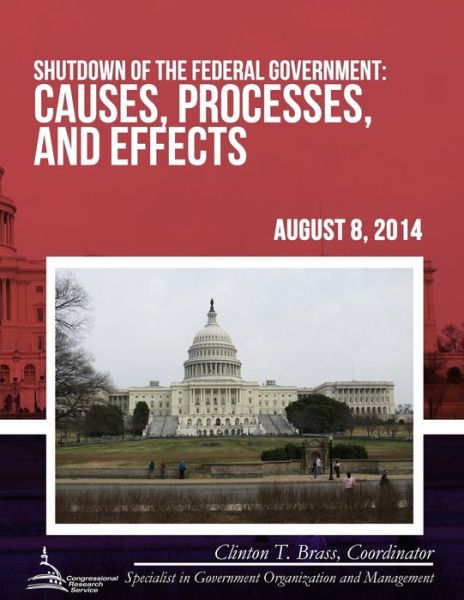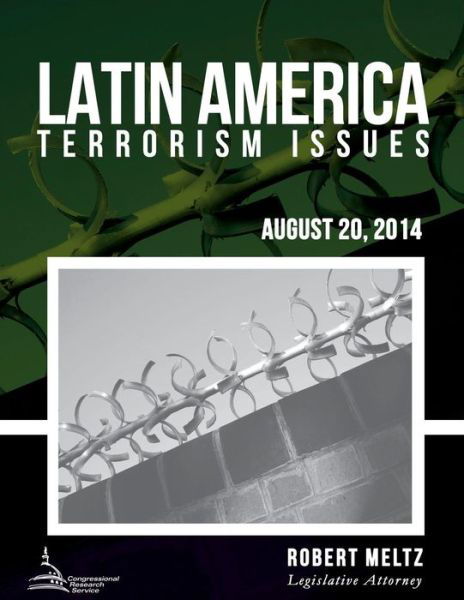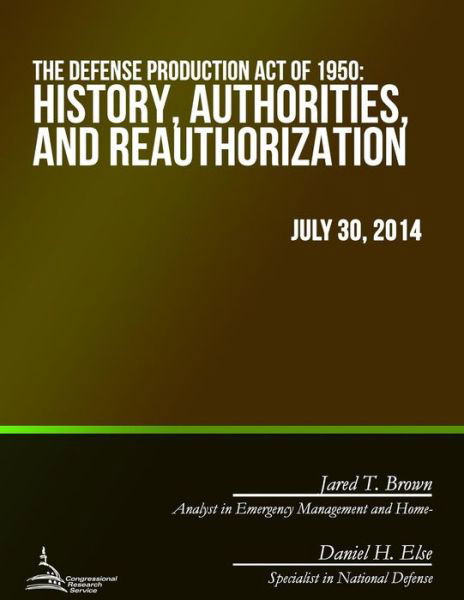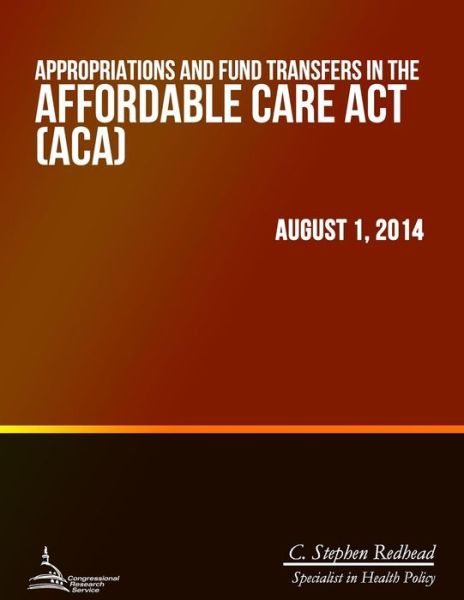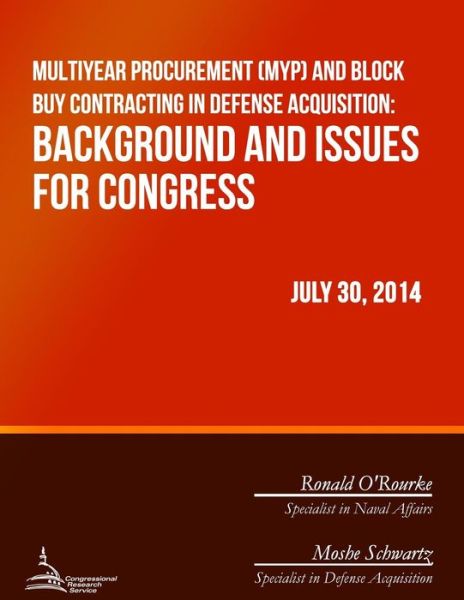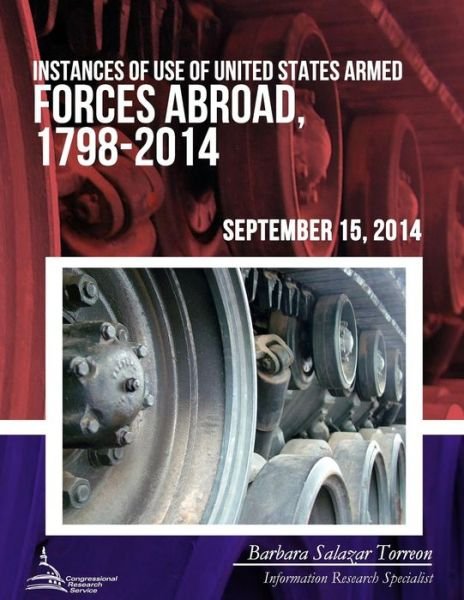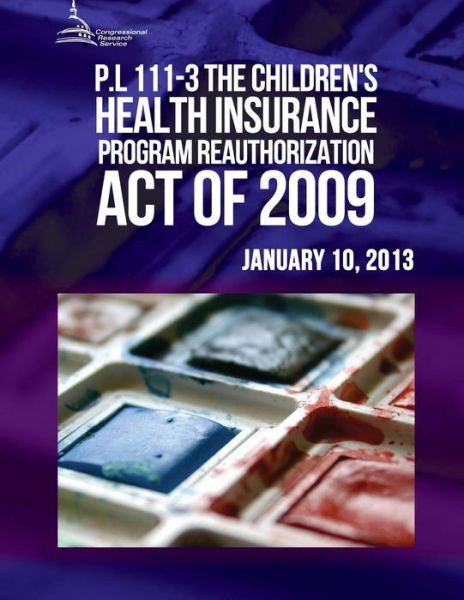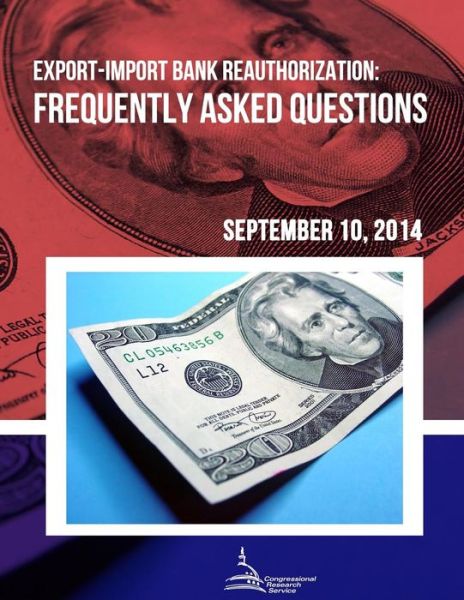
Tell your friends about this item:
The Budget Control Act and Trends in Discretionary Spending
Congressional Research Service
The Budget Control Act and Trends in Discretionary Spending
Congressional Research Service
Publisher Marketing: Discretionary spending is provided and controlled through appropriations acts, which fund many of the activities commonly associated with such federal government functions as running executive branch agencies, congressional offices and agencies, and international operations of the government. Essentially all spending on federal wages and salaries is discretionary. Spending can be measured by budget authority (BA; what agencies can legally obligate the government to pay) or outlays (disbursements from the U. S. Treasury). This report mostly discusses trends in outlays. Federal spending in fiscal year (FY) 2014 was just over a fifth (20.3%) of the U. S. economy, as measured as a share of gross domestic product (GDP), which is close to its average share since FY1962. Discretionary spending accounted for 33% of total outlays in FY2014 ($3,504 billion), well below mandatory spending's share (60% of outlays in FY2014). Weak economic conditions in recent years as well as demographic trends have increased spending on mandatory income support and retirement programs, while policy makers have acted to constrain the growth of discretionary spending. As interest rates return to more normal levels as the recovery proceeds, net interest costs-6.6% of federal outlays in FY2014-are projected to rise. Discretionary spending's share of total federal spending has fallen over time largely due to rapid growth of mandatory outlays. In FY1962, discretionary spending accounted for 67% of total outlays and was the largest component of federal spending until the mid-1970s. Since then, discretionary spending as a share of federal outlays and as a share of GDP has fallen. Under current law projections, discretionary spending's share of GDP will fall to 5.2% in FY2024. Discretionary spending can be split into various categories to reflect broad national priorities or how federal spending decisions are made. In FY1962, discretionary spending was 12.7% of GDP, with defense spending making up 9.3% of GDP. In FY2014, discretionary spending was 6.8% of GDP, with defense spending (including war) totaling 3.5% of GDP. Defense spending can be divided between base budget and war expenditures, both of which grew sharply from FY2002 through FY2011. On average, defense outlays grew 6.8% per year in real terms from 2000 to 2010, while real non-defense discretionary outlays grew 5.6% per year. Discretionary spending has also been divided into security and non-security categories. Non-defense security spending rose sharply after 2001 and was 1.0% of GDP in FY2013, nearly twice its level before 2001.
| Media | Books Paperback Book (Book with soft cover and glued back) |
| Released | November 26, 2014 |
| ISBN13 | 9781505322354 |
| Publishers | Createspace |
| Pages | 46 |
| Dimensions | 216 × 279 × 3 mm · 131 g |
More by Congressional Research Service
See all of Congressional Research Service ( e.g. Paperback Book and Book )

 Christmas presents can be returned until 31 January
Christmas presents can be returned until 31 January


